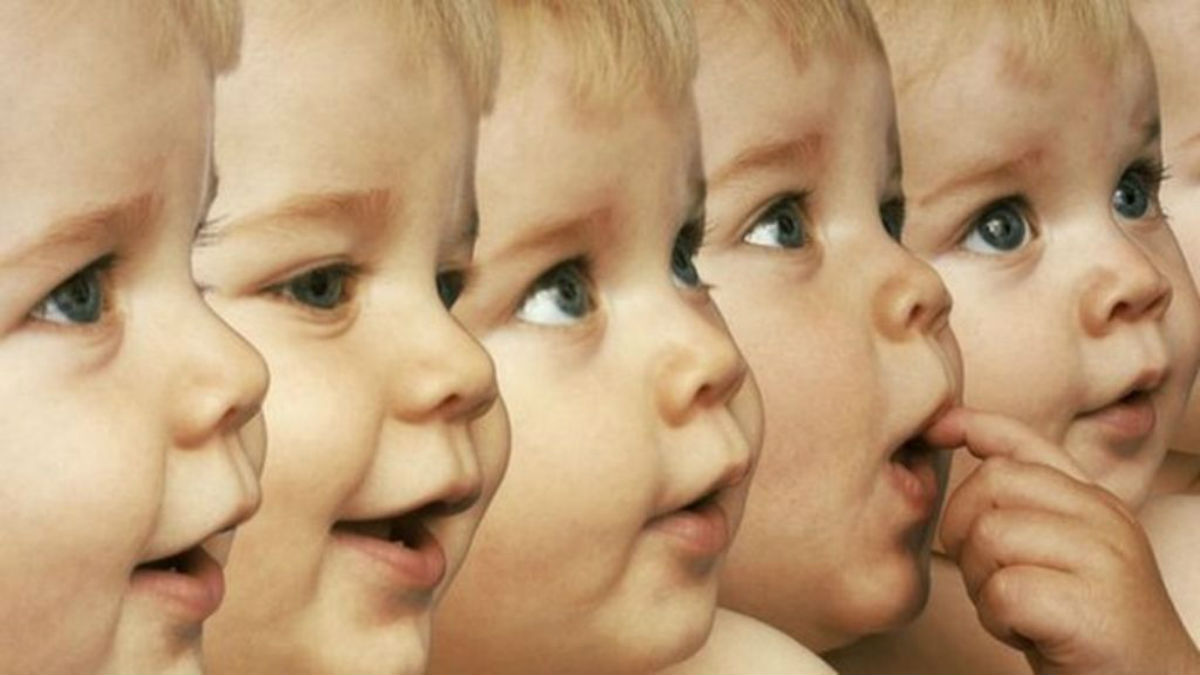
Buyers of designer babies will be overwhelmed by choice
How does one choose amongst 10,000 options?
The dream of “designer babies” is probably further off than most of us think because of all the technical issues involved. But it is coming down the pike. In the latest issue of the Journal of Law and the Biosciences Sonia M. Suter, of George Washington University, speculates about how a designer baby market would actually work.
In the first place, it would require industrial-scale preimplantation genetic diagnosis (PGD) and genome sequencing. Both are already available, although there is room for much improvement. The missing link is in vitro gametogenesis – creating sperm and eggs from somatic cells. So far this technology has been unsuccessful in humans, but it is possible to envisage a situation in a woman using IVG could produce 10,000 eggs, and thus 10,000 embryos. As an author referenced in Suter’s paper points out, “If IVG could be used to create 10,000 embryos for IVF, then this could improve the chances of finding the preferred genotype from just over 1% to more than 99.99%.” This is what Suter calls Easy PGD, or EPGD. She doesn’t explain what will happen to the other 9,999 embryos.
The point of Suter’s paper is that consumers could become paralyzed by the abundance of choice in choosing their offspring. Parents will be confronted with “dizzying amounts of probabilistic information about an enormous range of health risks and traits for each embryo. Making sense of that for one embryo is challenging enough; trying to make sense of it for tens or hundreds of embryos would be even more daunting.” They would require expert assistance to achieve their unique (or not so unique) combination of ideal baby likes and dislikes, from geneticists or from computer algorithms.
Suter points out that this might change “the reproductive experience”:
… the ability to select among so many embryos based on non-medical traits and less serious diseases could gradually, but profoundly, alter attitudes about what is in the future child's best interest. More important, it could shift the goal of selection from preventing harm to ‘perfecting’ reproduction far more than occurs today with prenatal testing. These cultural shifts would routinize selection against not just disabilities, but also disfavored non-medical traits, ultimately leading to a vicious cycle: reproductive choices would reinforce prejudice by reducing the number of children born with the disfavored disabilities or traits, which would increase selection against those traits, thereby further reinforcing prejudice, etc. While such a vicious cycle already exists with current reproductive technologies, the degree would be significantly different with EPGD, potentially changing the experience in kind.
Similar challenges to choice already exist, thanks to the internet, like selecting a partner or a sperm donor.
… one can easily envision fertility clinics offering different selection methods for EPGD along the lines of these different types of dating or sperm bank websites. Instead of eHarmony, imagine EmbryoHarmony,153 and instead of DonorMatchMe, imagine BabyMatch. If EPGD becomes an accepted form of ART, rather than leave parents to wade unassisted through the thicket of so much information, clinics would likely offer a range of algorithms to ease decision making. One can visualize the advertisements touting their potential to optimize the ability to find the ‘ideal’ parent–child match or to have children with a greater chance of health, ‘success,’ or well-being.
Creative commons
https://www.bioedge.org/images/2008images/FB_designer_babies_2.jpg
designer babies
in vitro gametogenesis
- How long can you put off seeing the doctor because of lockdowns? - December 3, 2021
- House of Lords debates assisted suicide—again - October 28, 2021
- Spanish government tries to restrict conscientious objection - October 28, 2021
